The Only Form of Problem-Solving
 What would you say if I were to say there are no secret processes to be had–just the basic process we can apply to every plan we have to make and every problem we have to solve? I hope you would be flabbergasted, but believe me when I say it is true.
What would you say if I were to say there are no secret processes to be had–just the basic process we can apply to every plan we have to make and every problem we have to solve? I hope you would be flabbergasted, but believe me when I say it is true.
I am talking about process improvement as a result, by not only simplifying the process, but by ensuring more correct answers.
Remember, how were we expected to approach the manager stereotypes of old? There were four character types, but these two are the ones that concern us the most. One expected you “to get the job done,” while the other expected you “to get the job done right.” The latter is our goal. I have always been in that court anyway.
Using our brains, by letting our personal biological computers help us problem-solve is one way, if not the best way “to get the job done right.”
To make effective use of The Process, we use the following 4 ways to solve a problem, form a clear idea, build a plan, etc.–
- We gather the information
- We organize the information
- We deep think, cogitate, meditate or pray about the information, and finally
- We regurgitate the information in an interesting, and hopefully, creative form, designed for success
Easy, right? I going to make it even easier.
Ever have an obsessive idea about something, one that won’t leave? It’s a little like your “physical” computer when it wants to finish the first action before performing the second action. The issue or ideas are still there in your mind. You may have put up a “wall,” but your mind via your brain is trying help you resolve the issues or complete the idea.
Now, comes the time to deep think, cogitate, meditate or pray. Any will do–whichever makes you most comfortable. Cogitate defines the act best for me, but each term performs a similar action–that of relaxing the brain. Our way of simplifying the process is to let is it rest and you might say, “sleep on it.” What we are doing is letting the facts and ideas come together with our desires, both conscious and un- to complete the Gestalt–the picture.
To cogitate means to think deeply, to contemplate, to meditate on a subject or an idea. In other words, keep the idea general. Don’t connect all the dots just yet. Keep the amounts of information you’ve researched moving via brain waves to various parts of the brain we know nothing about to stir things up until it yields value.
Beforehand, only jot down the basic notes you need to keep the assignment on course.
We all talk about organizing and learning as if there is a best way to gather, organize and regurgitate information. No matter what you’ve been taught about how to process, you still process inside in a way unique to your brain, even though you will perform outwardly what you’ve been taught. You hold onto your thoughts. And, if you can, allow some time for those thoughts to work on their own to help you do what you have to do.
Praying, meditation or just sleeping on a subject does the same thing as cogitating; it allows an idea to roll around in your mind without expectations, without manipulation until a subconscious answer comes to mind. Think about any problem-solving course of training that uses one of these methods. They all allow for a concentration on a verbal or nonverbal, auditory or inaudible statement of thoughts.
Not only that, but holding on to those thoughts instead of worrying about them is a good stress reliever, according to Dr Willis McCann, Professor Emeritus in Psychology at Missouri Western State University. He held a doctorate in psychology, a juris doctorate and a doctor of divinity degree. He taught Mental Health among other subjects while I was there.

We often organize by writing points down as we learn them, taking notes, or do we? But how do you put them in the right order? Note cards? I’ve heard some speakers do that. Cut and paste. Writers do that. I do that. The germ of the idea may come out first. Or, the strongest idea or the best phrase. Or, the solution to a business problem. All the while the brain is listening. Is the brain responsible for the order created out of chaos or are you going to take credit for that?
Ultimately, it will be the internal process that comes up with the answer you really need. After all, you only use 10 percent of your computer brain, but the rest of it is there and we don’t know of what it is capable, especially when you give it a chance to focus. Imagine if you could use all the memory and knowledge stored in your computer to solve just one problem.
So, keep an open mind about what you have formally written. You may want to change it later before someone else comes up with the better idea.
For me, it may be a new scene, a solution to problem in novel itself, or a new character that I hadn’t thought of but was there in my subconscious. See where that cogitating can be helpful. I included “thinking,” “meditating,” and “praying” because the result is the same: relaxing the mind so that it has time to help you put ideas together. Remember, your brain is a computer, too. Of course, like any computer, it’s only as good as the input you put in, but your biological computer can be affected by outside factors, including emotions and health, for example.
 Sleeping on ideas can help, but only if worry or agitation don’t get in the way.
Sleeping on ideas can help, but only if worry or agitation don’t get in the way.
Imagine the insight that can come to one man or woman working alone. Imagine you are that one man or woman who has thought this problem through consciously (and subconsciously) and come to the meeting ready to provide good creative feedback. You will be confident and prepared.
I am not advocating never taking notes or never putting anything in writing until that last minute; I am saying it’s better to get it “done right,” instead of “just get it done.” Leave the ending open and flexible so you can change the answer easily. Make your deadline, and if nothing changes, you will know you’ve done your best and stress free.
My approach is often looking at training and development from outside. By doing so I hope to shed light on areas that may not be noticeable to the players involved. In this case, even though my experiences are different, our minds work the the same way.
I write commentary. That is not to say, I am clueless about training. I have been a trainer, training developer and training manager at the corporate-level, and freelanced my training services as well as coached executives in speech for many years. However, my background is unusual. I hope that gives me unusual insight as well. I may go off on a tangent to keep us all on our toes, but I try to leave readers with something to think about.
Feel free to contact me with a comment, or with a request to be a guest writer. I welcome opposing views, and trainers who wish to speak on other topics. Be generic and talk about the industry you represent without selling your own services. We will, however, link to you and your company with the hope you will link back to us.
*Just a short note to let you know I have shut down my website and re-named my Acting Smarts blog to Shaw’s Reality, which reflects my more eclectic writing these days and I use instead of my website. Still doing some acting, directing and performance criticism; however, I am more involved in writing these days and want to focus there. I promise straight talk and to be cryptic about anything on my site, which is meant to enlighten those who read between the lines. Harry’s Reality is still on sale at Amazon will be available through all other ebook distributors and directly through Smashwords in all digital formats after September 30th.
Happy training.
For more resources about training, see the Training library.


I reviewed the play, LOMBARDI, today. He was a guy more concerned about getting the job done right. He took on teams that had the pluck, but needed the push to get it done right. It seems they may have just wanted to get the job done. Getting it done right makes champions season after season, not prima donnas.